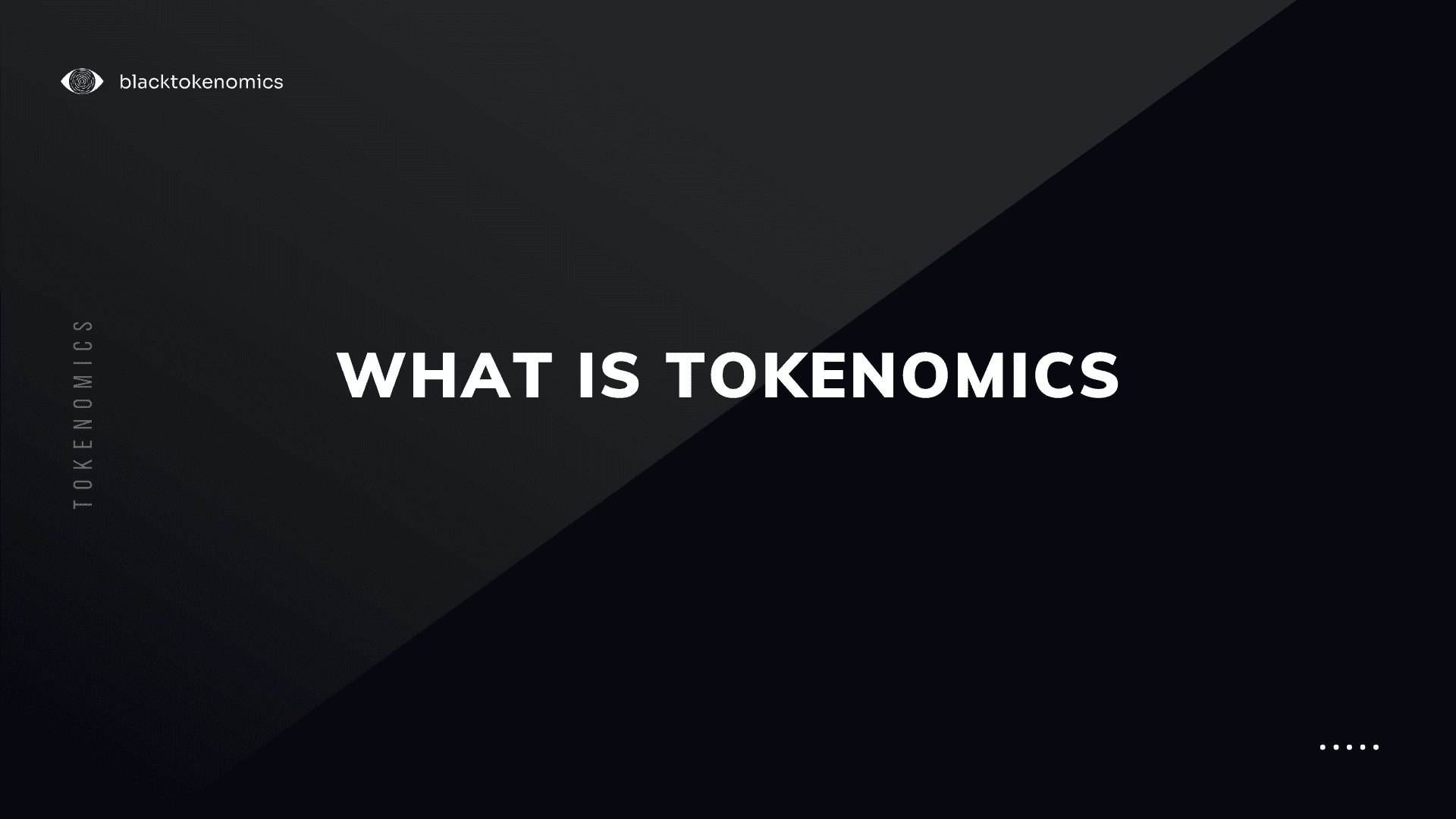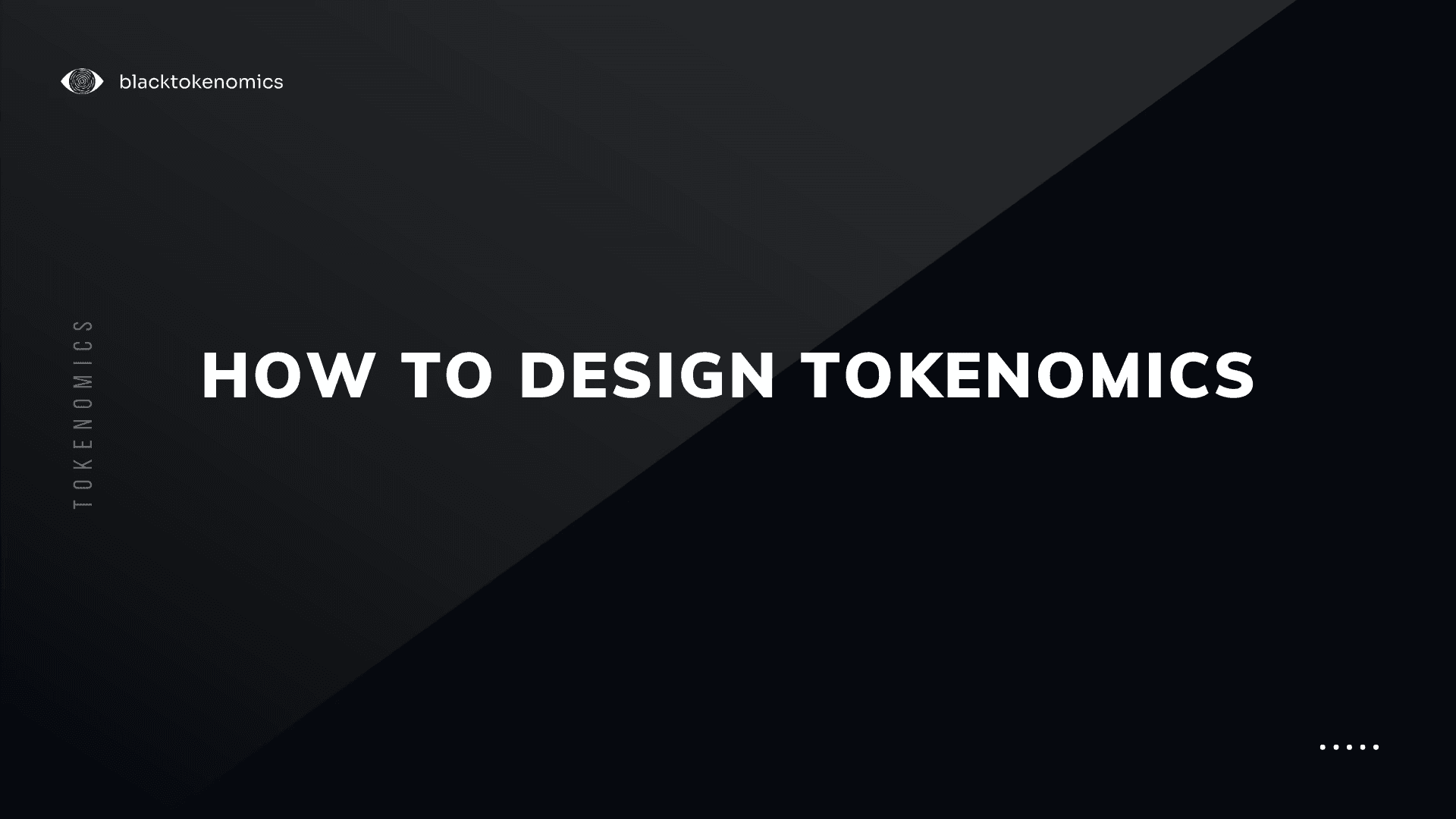
Lisa Dubois
What is tokenomics? It’s the blueprint that determines a cryptocurrency’s economic design, influencing its market value and user incentives. From minting protocols to supply constraints, these rules define how a token operates and succeeds. This guide uncovers the core principles of tokenomics, offering practical insights for those looking to navigate the cryptocurrency market with confidence.
Key Takeaways
Tokenomics encompasses the economics of crypto tokens, impacting their value, utility, and potential, with token supply and demand dynamics, distribution strategies, and utility functions as central to a project’s success.
The lifecycle of a crypto token includes its development, minting, market introduction, and continuous evolution, with regulatory compliance and security as key considerations throughout its existence.
Future trends in tokenomics point towards increased interoperability, advanced incentivization mechanisms, and the incorporation of real-world financial models, with evolving regulations set to shape the design and distribution of tokens.
Decoding Tokenomics: The Backbone of Cryptocurrency Value

Tokenomics, an emergent discipline, studies a unique asset class that merges monetary policy with company valuation models. The economics of a crypto token are covered in this discussion, which addresses various aspects including:
Issuance
Attributes
Distribution
Supply
Demand
Grasping the concept of tokenomics is vital because it directly impacts a digital asset’s value, utility, and potential.
The market value and scarcity of a project’s tokens are primarily dictated by their total and circulating supply. As a result, a solid understanding of tokenomics equips investors with the insights to evaluate a crypto project’s potential, including:
How token demand is driven
How the token supply is managed
How token holders are incentivized
How token distribution is structured
By analyzing these factors, investors can make informed decisions about the potential value and growth of crypto projects.
The Essence of Token Supply
Comprehending the essence of token supply, including fixed supply, is key to maneuvering in the crypto market. The total supply, maximum token supply, and initial circulating supply all play a significant role in a token’s price and its perceived scarcity. Evaluating the maximum supply and understanding the token’s supply dynamics is crucial when considering a project’s potential and the corresponding token’s price.
An ample initial circulating supply enhances liquidity and contributes to price stability, facilitating trading activities. However, it’s essential to strike a balance; excessive liquidity can result in increased volatility and detrimentally affect a token’s value, especially if numerous stakeholders have the ability to sell simultaneously.
Distribution Dynamics
Tokenomics also heavily relies on the dynamics of token distribution. Strategic approaches such as:
public sales
airdrops
mining rewards
proof-of-stake rewards
liquidity mining
community rewards
future reserves
are essential to dispersing cryptocurrency tokens among stakeholders. These strategies aim to promote incentivization, ensure liquidity, support decentralization, and engage the community, which are fundamental aspects of a project’s tokenomics.
Tokens must be distributed considering a balance of interests among developers, investors, and users to foster a fair and sustainable ecosystem. The Ethereum ICO in 2014 and Binance’s public auction are examples of initial coin offerings, with varying token allocations allocated to founders, investors, and the public.
Utility and Demand
A token’s utility is another paramount element affecting its demand and market value. This utility can range from paying transaction fees to participating in governance, to smart contract interactions, with successful examples like Ethereum’s ETH for transaction fees and Binance Coin (BNB) for trading fee discounts.
For a deeper dive into how these tokenomics principles are specifically applied to create sustainable and engaging digital economies in gaming, read our guide on how to design tokenomics for crypto games.
Utility and adoption not only drive token demand but also provide tangible benefits to users, such as decentralized governance participation, which increases a token’s intrinsic value. These benefits challenge traditional fiat currencies and pave the way for a more interconnected financial ecosystem between digital and traditional economies.
The Lifecycle of a Crypto Token

The lifecycle of a crypto token begins with the conceptual stage, which includes identifying a market need or innovation, conducting extensive market research, and establishing a clear vision. A crypto token’s whitepaper serves as the foundational document, detailing its intended purpose, technology framework, credentials of involved parties, and its economic model.
Token development is executed through programming of blockchain smart contracts on various platforms, where ensuring the security of these contracts through rigorous audits is crucial. Throughout its lifecycle, a crypto token must continuously consider regulatory compliance, especially for tokens that involve mechanisms such as burning to navigate securities law and tax implications.
From Minting to Market
The process from a token’s minting to its introduction to the market is complex. The minting process involves creating new tokens according to the rules set in a smart contract, which specifies details like total supply. Security audits play a crucial role in smart contracts by identifying vulnerabilities and ensuring project teams cannot issue new tokens arbitrarily or control user tokens.
Post-minting, tokens are issued to investors or buyers via smart contracts that adhere to regulatory requirements. Token value and market reach are significantly influenced by listing on cryptocurrency exchanges, marking a key event in a token’s lifecycle.
Staking and Validating
Proof of stake (PoS) systems heavily rely on staking and validating. Validators are selected to create new blocks and validate transactions based on the number of tokens they hold and are willing to ‘stake’ as a form of security guarantee.
Rewards for validators are distributed to those who have locked a specified number of coins away in a staking contract. Staking activities introduce new dynamics into the token supply. Rewards for staking contribute to the circulating supply influencing its scarcity and value.
Burning to Balance
Cryptocurrency protocols employ token burning as a strategic mechanism to suppress inflation. This process involves the irreversible removal of a portion of the total token supply from the market, with the goal of enhancing the value of the remaining tokens. By decreasing the total supply of tokens through regular burning events, cryptocurrencies introduce a deflationary force that helps balance the effects of new token issuance and maintain a stable token value.
Inflationary cryptocurrencies like Ether (ETH) use burning mechanisms to diminish the available supply of tokens, stabilizing or potentially increasing their market value during periods of high network activity and transaction volume.
The Impact of Monetary Policy on Tokens

Holders of governance tokens can leverage them to impact a project’s monetary policy, which could, in turn, affect the token supply and value. Governance allows token holders to vote on monetary initiatives such as initiating token burns or altering the rate of token issuance, thereby directly affecting the supply of tokens.
Votes on adjustments to the number of tokens issued to stakers or on the strategic direction of the project can lead to changes in the token’s supply and demand, influencing its market value and showcasing its supply and demand characteristics.
Inflation vs. Deflation
Inflationary tokens can suffer from decreased purchasing power as they are added to the market, leading to a drop in value, as observed with tokens like Dogecoin (DOGE) which has an unlimited supply. A token’s future value may be influenced by its total supply cap and the rate at which tokens are minted, which are critical factors in mitigating inflationary pressures.
On the other hand, deflationary tokens can lead to lower liquidity but are often seen as a store of value, with reduction of tokens in circulation aiming to increase the token’s value over time. Inflationary token models are designed for regular transactions and tend to have higher market liquidity due to their ample ongoing supply, while flexible monetary policies can improve market liquidity in times of shortage.
The Role of Governance
Governance tokens grant holders voting rights, allowing them to have an influence on the project’s future rules and decisions that affect its tokenomics, similar to holding stock in a company, which provides decentralized decision-making power to shareholders. Decentralized Autonomous Organizations (DAOs) use governance tokens to facilitate decentralized voting on proposals, while smart contracts encode these governance processes to ensure transparency, fairness, and decentralization.
After understanding the critical role of governance in tokenomics, you might be interested in learning how to craft a tokenomics model from the ground up. For comprehensive insights, explore our article on how to design tokenomics, which guides you through the process of creating a robust economic model for your project.
Token holder participation through on-chain governance influences essential project decisions, such as protocol deployment on new blockchains or economic incentive changes, and directly impacts the long-term health and sustainability of the project.
Navigating the Market: Evaluating Tokenomics

The success of a project hinges on a well-crafted token and a strategic distribution plan that resonate with its overall objectives. Evaluating tokenomics involves thorough due diligence. The strategic distribution plan should be designed to align with the project’s goals, ensuring its long-term viability and success.
In the future development of tokenomics, it will be vital to maintain robustness and inspire investor confidence.
Market Capitalization and Price Analysis
Market capitalization of a cryptocurrency, which provides a snapshot of its total value and market significance, is determined by multiplying the circulating number of coins with the current market price of a single coin. Market cap classifications into large-cap (over $10 billion), mid-cap ($1 billion to $10 billion), and small-cap (less than $1 billion) aid investors in comparing the total value and growth potential of different cryptocurrencies.
Price volatility can cause sharp changes in market caps, influencing investors’ perception of a cryptocurrency’s valuation and risk, especially for assets with small or very large market caps. The size of a cryptocurrency’s market cap is indicative of its stability; larger market caps generally equate to more stability and are therefore perceived as safer investments when compared to smaller market caps.
Reading Beyond the Hype
To prevent pump and dump schemes, it’s imperative to:
Set vesting periods for tokens allotted to stakeholders like developers and venture capitalists
Conduct in-depth research and seek transparency through a project’s whitepaper
Ensure reputable third-party audits
Participate in communities for a variety of perspectives
By following these steps, you can avoid falling victim to pump and dump schemes.
Transparency in token distribution processes establishes trust among participants and is essential for legal compliance, with comprehensive visibility being expected by the community. A thoughtfully crafted token distribution plan can mitigate the risks of centralization and disinterest, common issues that can spell the end for many blockchain initiatives.
Real-World Applications and Case Studies

Establishing a strong community is vital to a token’s success, as token creators engage with followers across different platforms to bolster project growth. Long-term maintenance involves community management, continued development, and updates to keep pace with technology and market changes, which are key to sustaining the value of a token.
The rise of areas such as DeFi, NFTs, and the metaverse has created new opportunities and challenges in tokenomics, impacting the value and long-term viability of tokens within these sectors. Despite strong tokenomics, a token can still fail due to:
Poor execution
Lack of user adoption
Regulatory challenges
Broader market downturns.
Success Stories
Binance Coin (BNB) has the following features:
It is designed with a deflationary model, employing periodic ‘burning events’ to reduce the total supply.
It uses transaction fees for token burning, which supports its value over time.
The success of BNB is closely linked to the performance of the Binance ecosystem.
It can be influenced by the regulatory frameworks in which the cryptocurrency operates.
Other pre-mined tokens like ether (ETH) and solana (SOL) also represent robust tokenomics and have become prominent in the cryptocurrency market. BNB is not only a deflationary token but also a utility token, reinforcing its strong tokenomics through its widespread use within the Binance platform and services.
Lessons from Failures
The downfall of Bitconnect highlights the critical importance of proper tokenomics and transparency in cryptocurrency projects. Bitconnect’s decline and nullified token value were due to:
An unsustainable business model
Allegations of being a Ponzi scheme
Regulatory issues
Unsound tokenomics
Future Trends in Token Economics
In the realm of token economics, incentives for interoperability will gain more importance, especially in a multichain world. This includes facilitating a token’s access across various networks. Improved incentivization mechanisms are expected to be a trend in future tokenomics, where innovative reward systems are key to engaging participants.
There will be an increased focus on the automation of real-world financial mechanisms and metrics within tokenomics, allowing for more sophisticated and efficient economic models. Future tokenomics may unlock latent demand by enabling new economic behaviors and marketplaces, suggesting a transformative impact on how value is created and exchanged.
The use of advanced tokenomics calculators also helps projects evaluate the robustness of their ecosystem. You can find the tokenomics calculator of Black Tokenomics here.
Innovations in Token Design
The tokenomics of DeFi projects, via mechanisms like yield farming and liquidity mining, have innovated the way tokens are distributed, offering rewards for liquidity contributions and showcasing evolving economic models. The upcoming MiCA regulation in Europe is set to offer legal clarity and improved consumer protection, which may heavily influence the design and issuance of digital tokens by setting new standards.
Tokenized Real-World Assets (RWAs) have seen a notable increase in market capitalization, representing a trend towards merging physical assets with the digital token economy. Emerging non-blockchain cryptocurrencies are opening the door to innovations in token design that move beyond the constraints of traditional blockchain infrastructures.
Cross-chain Developments
Cross-chain developments significantly influence a token’s utility by fostering interoperability among disparate blockchain networks, thereby amplifying ecosystem collaboration and token demand. Token creators are facilitating accessibility across multiple blockchains by creating pegged versions of assets on secondary networks such as Polygon, Solana, and BNB Chain.
Summary
Cross-chain developments significantly influence a token’s utility by fostering interoperability among disparate blockchain networks, thereby amplifying ecosystem collaboration and token demand. Token creators are facilitating accessibility across multiple blockchains by creating pegged versions of assets on secondary networks such as Polygon, Solana, and BNB Chain.
Lisa Dubois
Armed with a Business Management degree and blockchain expertise, Lisa customizes our services to each client’s needs. From partnerships to seizing opportunities, Lisa drives our mission, connecting visionary concepts to real-world success.



